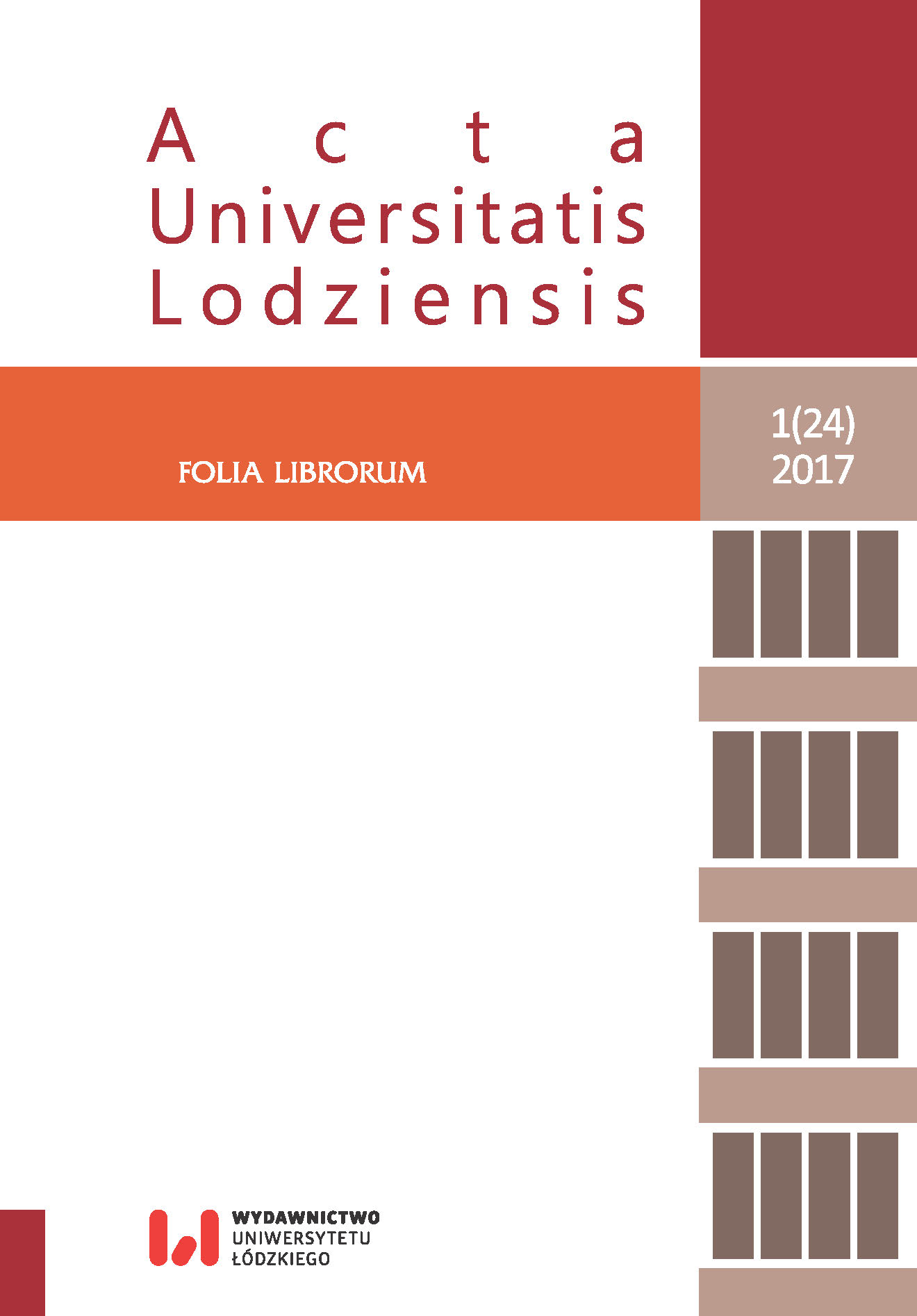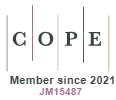Czytać albo nie czytać: dzieci mówią o swojej motywacji do czytania
DOI:
https://doi.org/10.18778/0860-7435.24.04Słowa kluczowe:
motywacja czytelnicza, ludzkie pośrednictwo, symboliczne pośrednictwo, agencja książkowaAbstrakt
Rozwój chęci czytania jest ważną, choć czasami zaniedbywaną kwestią w rozwijaniu umiejętności czytania wśród dzieci. Na podstawie badań nad motywacją do czytania przeprowadzonych przez Wigfielda i Guthrie (1997) można stwierdzić, że motywacja do czytania zakorzeniona jest w przekonaniach, celach i składnikach społecznych oraz teorii czytelnictwa zaproponowanej przez Rosenblatt (1994), która wyróżnia postawy, jakie czytelnik przyjmuje podczas procesu czytania. Badania Krashena (2004 i 2009) nad warunkami optymalnego dobrowolnego czytania oraz badania Millera (2011) nad istotnością obiektów, które mogłyby budować lub paraliżować zdolności uczniów, wpływają na poniższą analizę, gdyż bada ona czynniki, które oddziałują na motywację do czytania wśród uczniów szkół średnich. Chcąc odpowiedzieć na postawione przeze mnie pytania badawcze zaprosiłam ośmiu uczniów w wieku 8–12 lat na nieformalne wywiady na temat czytania. Wybrani uczniowie pochodzili z publicznych, prywatnych lub finansowanych przez region szkół. W zależności od toku każdej z rozmów pytania zadawane uczniom były zróżnicowane. Przedmiotem moich badań są różni pośrednicy motywacji czytelniczych, zarówno symboliczni, jak i ludzie, ponieważ wyniki pokazały, że wspierają oni motywację do czytania wśród uczniów w wieku 8–12 lat. Przedstawiona analiza może być źródłem instrukcji jak czytać.
Pobrania
Bibliografia
Almario, Ani R. [vice-president of Adarna House] personal communication, November 18, 2014.
Google Scholar
Applegate, Anthony J. & Applegate, Mary D. (2004). The Peter effect: Reading habits and attitudes of preservice teachers. The Reading Teacher, 57, 554–563. Retrieved from: https://fu-ctge-5245.wikispaces.com/file/view/Applegate+and+Applegate.pdf
Google Scholar
Baker, Linda & Wigfield, Allan (1999). Dimensions of children’s motivation for reading and their relations to reading activity and reading achievement. Reading Research Quarterly, 34, 452–477.
Google Scholar
DOI: https://doi.org/10.1598/RRQ.34.4.4
Barnett, Jerrold E. & Irwin, Lydia (1994). The effects of classroom activities on elementary students’ reading attitudes. Reading Improvement, 31, 113–121.
Google Scholar
Borgerson, Janet (2005). Materiality, agency, and the constitution of consuming subjects: Insights for consumer research. Advances in Consumer Research, 32, 439–443.
Google Scholar
Galda, Lee & Ash, Gwynne E. & Cullinan, Bernice E. (2000). Children’s literature. In: M.L. Kamil, P.B. Mosenthal, P.D. Pearson & R. Barr (Eds.). Handbook of reading research (Vol. 3, pp. 361–380). Mahwah, NJ: Erlbaum.
Google Scholar
Gambrell, Linda B. (1996). Creating classroom cultures that foster reading motivation. The Reading Teacher, 50, 14–25.
Google Scholar
Gambrell, Linda B. (2011). Seven rules of engagement: What’s most important to know about motivation to read. The Reading Teacher, 65 (3), 172–178.
Google Scholar
DOI: https://doi.org/10.1002/TRTR.01024
Guthrie, John T. & Wigfield, Allan (2000). Engagement and motivation in reading. In: M.L. Kamil, P.B. Mosenthal, P.D. Pearson, & R. Barr (Eds.). Handbook of reading research (Vol. 3, pp. 403–422). Mahwah, NJ: Erlbaum.
Google Scholar
Kozulin, Alex (2003). Psychological tools and mediated learning. In: A. Kozulin, B. Gindis, V.S. Ageyev & S.M. Miller (eds.), Vygotsky’s educational theory in cultural context (pp. 15–38). Cambridge: Cambridge University Press.
Google Scholar
Krashen, Stephen (2004). Free voluntary reading: New research, applications, and controversies. Paper presented at the RELC Conference, Singapore, April 2004. (Retrieved 3 May 2017) from: http://www.sdkrashen.com/content/articles/singapore.pdf
Google Scholar
Krashen, Stephen (2009). Generalizations about free voluntary reading. IATEFL Young Learner and Teenager Special Interest Group Publication. (Retrieved 3 May 2017) from: http://successfulenglish.com/wp-content/uploads/2010/01/81-Generalizations-about-FVR-2009.pdf
Google Scholar
Miller, Daniel (2011). Getting things right: Motherhood and material culture. Studies in the Maternal, 3 (2), 1–18.
Google Scholar
DOI: https://doi.org/10.16995/sim.65
Rosenblatt, Louise M. (1994). The Reader, The Text, The Poem: The Transactional Theory of the Literary Work [reprint of work from 1978]. Carbondale: Southern Illinois University Press.
Google Scholar
Salvador, Ana Maria Margarita S. (2012). Reading habits, preferences, and contexts of school age children in a community library. The RAP Journal, 35, 34–43.
Google Scholar
Unrau, Norman (2008). Motivation to read content area texts. In: Content area reading and writing: Fostering literacies in middle and high school cultures , 2nd Edition, (pp. 32–61). New Jersey: Pearson Education, Inc.
Google Scholar
Wigfield, Allan & Guthrie, John T. (1997). Relations of Children's Motivation for Reading to the Amount and Breadth of Their Reading. Journal of Educational Psychology, 89, 3, 420–432.
Google Scholar
DOI: https://doi.org/10.1037/0022-0663.89.3.420
Pobrania
Opublikowane
Jak cytować
Numer
Dział
Licencja

Utwór dostępny jest na licencji Creative Commons Uznanie autorstwa – Użycie niekomercyjne – Bez utworów zależnych 4.0 Międzynarodowe.










